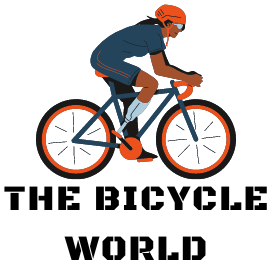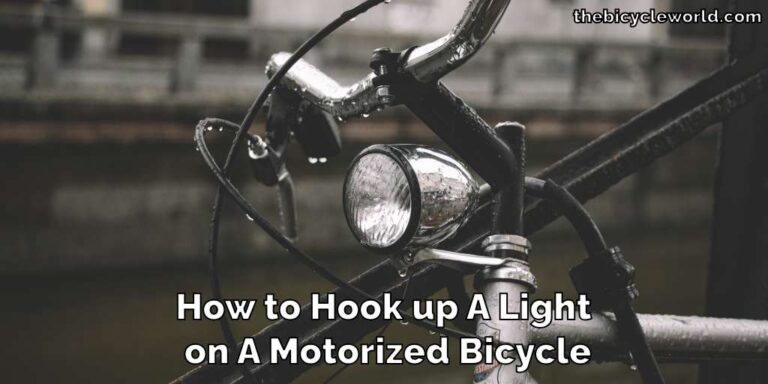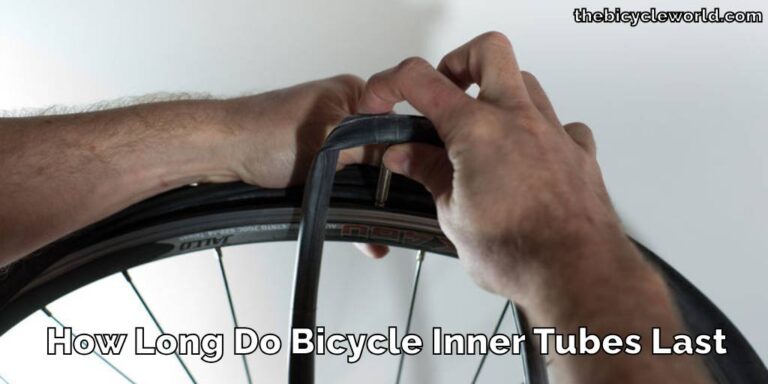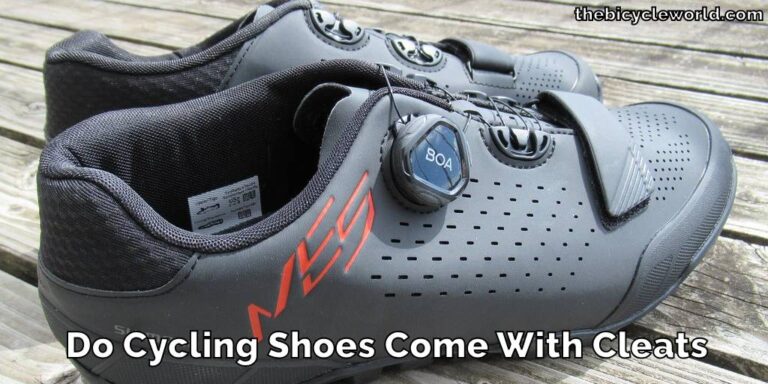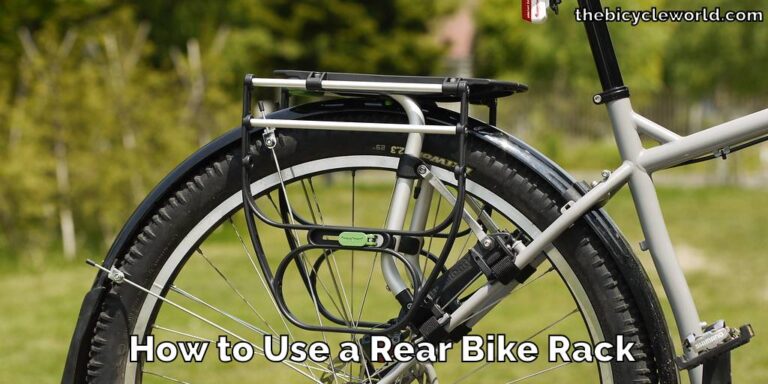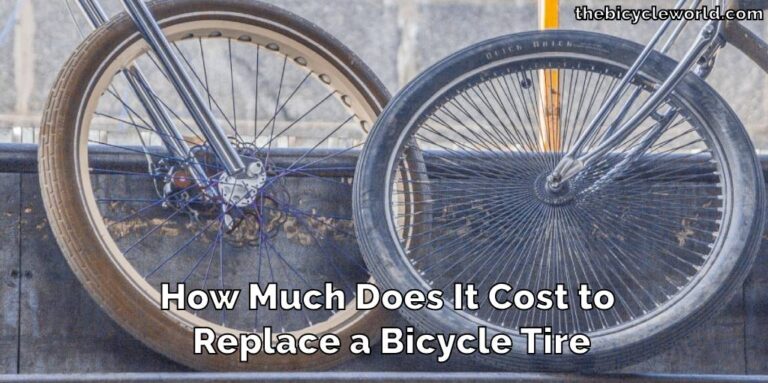How Many Miles Can the Average Person Bike in An Hour
Introduction
Biking offers a great mix of physical activity and a way to get around. Many people choose biking for its health benefits and as a reliable mode of transport. It’s important to know how far you can bike, especially when setting fitness goals or planning your daily commute.
In this article, we jump into how many miles can the average person bike in an hour. We’ll look at different factors that can affect this, like fitness levels, the type of bike you use, and even the weather and road conditions.
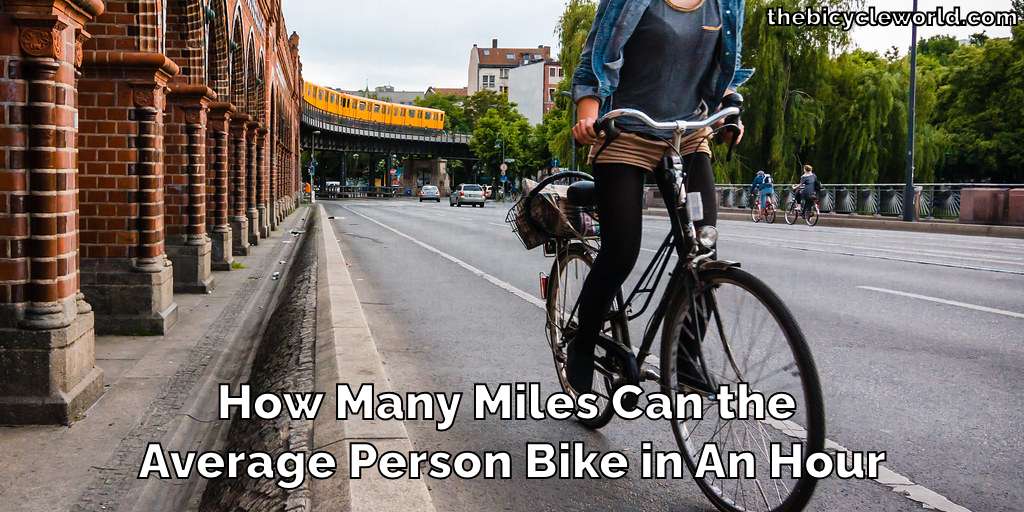
Understanding these elements can help you set realistic biking goals and improve your performance, whether you’re biking for fun, health, or as your main way to get places.
How Many Miles Can the Average Person Bike in an Hour
The number of miles an average person can bike in an hour depends on various factors such as their fitness level, the type of bike they’re using, terrain, and weather conditions. However, as a general guideline:
Beginners
For that new biker, averaging around 10-12 miles per hour is common. This group includes people who may not have strong biking-specific fitness or who are just getting used to riding a bike.
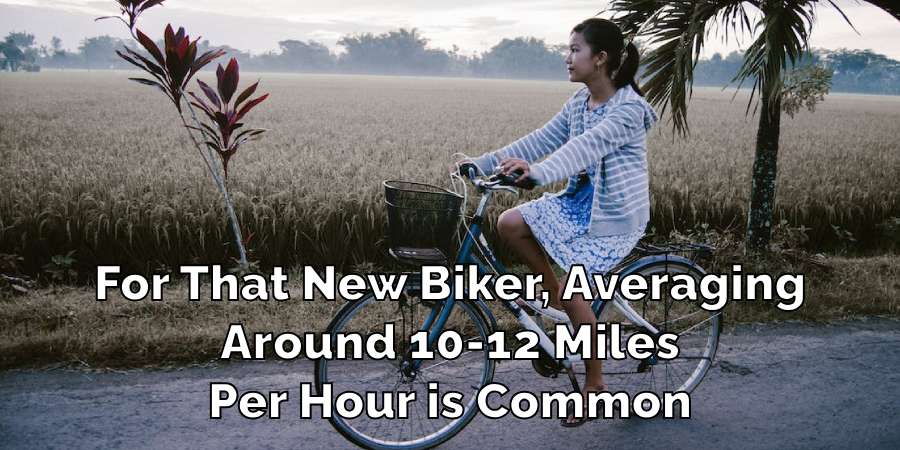
Intermediate Biker
Individuals with more biking experience and better fitness can typically manage between 12-15 miles per hour. This group has spent more time on their bikes and has begun to build endurance and Biking skills.
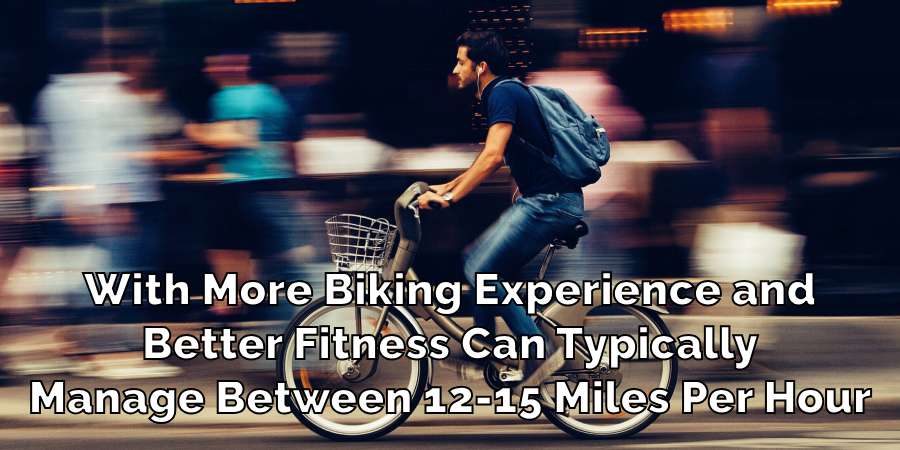
Advanced Biker
Experienced and well-trained bikers can often exceed 15 miles per hour. These riders have spent a considerable amount of time biking and have developed both the physical and technical skills for more efficient and faster riding.
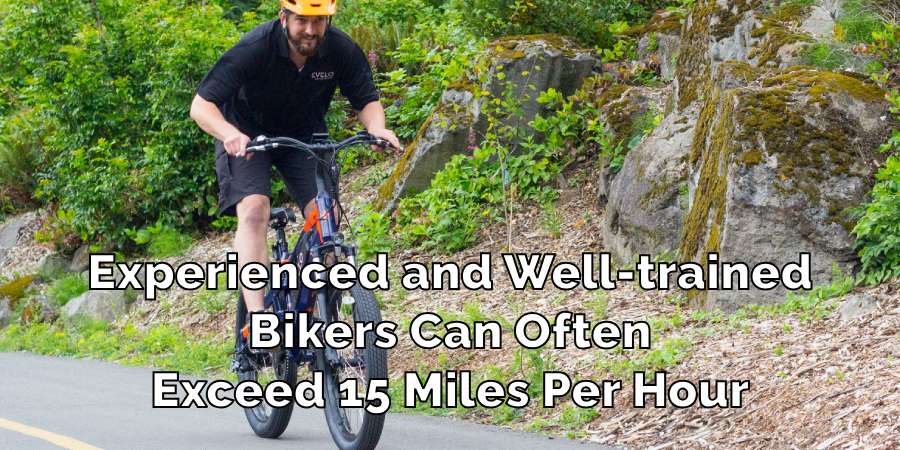
It’s important to remember that these are just average estimates and actual performance can vary widely based on individual circumstances and conditions. For example, riding on flat, smooth terrain will generally allow for faster speeds than navigating hilly or rough terrain. Weather conditions like wind can also play a significant role in impacting biking speed.
What Factors Influence Biking Speed
When it comes to biking, how fast you can go isn’t just about pushing the pedals harder. Several key factors come into play that can either boost or slow down your speed. Understanding these can help you work on areas to improve your biking speed or set more accurate goals for your rides. Let’s look at some of these major factors:
Physical Fitness Level
Your body’s strength and stamina are fundamental in determining how fast and far you can bike. Naturally, if you’re in better shape, you’ll be able to bike quicker and for longer periods. Regular exercise can help build up these physical attributes, making biking an easier and more enjoyable activity.
Type of Bike
The kind of bike you ride makes a big difference. There are various types like road bikes, mountain bikes, and hybrids. Road bikes are usually the fastest because they’re designed to be light and efficient on smooth surfaces. Mountain bikes are built for rugged terrains and might be slower on roads due to their heavy build and wider tires.
Terrain and Weather Conditions
The environment plays a significant role in your biking speed. Riding uphill or against strong winds can drastically reduce your speed. Conversely, going downhill or biking on a calm day can help you move faster. It’s essential to consider these factors when planning your biking routes and schedules.
Biking Experience
Lastly, your experience as a cyclist matters. Seasoned bikers, who’ve spent more time on their bikes, usually ride faster. This is due to better biking techniques, an understanding of how to handle different situations, and greater endurance developed over time.
By looking at these factors, you can get a clearer picture of what affects your biking speed. With this knowledge, you can focus on areas to improve, like building physical fitness or getting the right type of bike for your needs. Remember, everyone’s biking journey is unique, so it’s all about finding what works best for you.
Understanding Biking Metrics
When we talk about how fast a bike can go, we usually use miles per hour (MPH). This is the standard way to measure speed in biking.
To keep track of this, bikers often use devices like odometers, which are instruments that measure the distance traveled, or various biking apps available on smartphones. These tools are quite handy in giving you a clear idea of how fast you are going and how you’re improving over time.
Average Biking Speeds for Different Groups
Bikers fall into different skill levels, and naturally, their average speeds vary. Beginners, who are just getting the hang of biking, might find themselves going at a speed of about 10-12 MPH.
This is a comfortable speed for those still learning to balance and get used to the bike. Intermediate bikers, who have more experience and are better at handling their bikes, can often go a bit faster, averaging around 12-15 MPH.
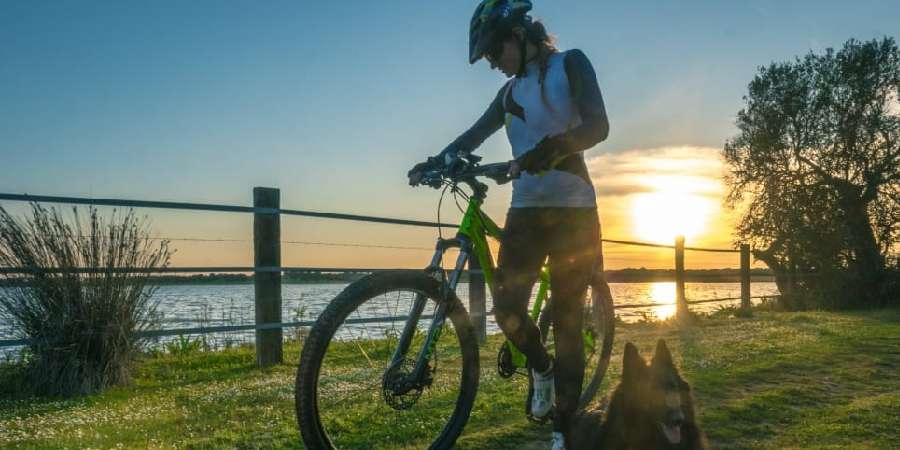
Then there are the advanced bikers. These are the people who have been biking for a long time and have built up both skill and endurance. They can often go faster than 15 MPH, making the most out of their well-developed biking abilities.
Impact of Equipment on Biking Performance
The equipment you use while biking can make a big difference in how well you perform. A high-quality bike that’s well-maintained will usually let you go faster and more smoothly than a bike that’s not in good shape.
Besides the bike itself, other gear can help too. For instance, wearing a helmet that’s designed to cut through the air more efficiently, or clothing that helps manage sweat can make your rides more comfortable and slightly quicker.
Terrain and Its Effects on Biking Speed
Where you bike also affects your speed. Flat terrains, like those found in many parks or on bike paths, are great for maintaining a steady, fast pace. You don’t have to work as hard to pedal, so you can go faster. On the other hand, hilly areas are more challenging.
Going uphill can significantly slow you down, while you might pick up speed going downhill. If you’re biking in a city, your speed might be impacted by traffic and stoplights, making your overall pace slower compared to Bikingon open roads or bike trails.
Weather and Environmental Factors
The weather and environment play a big part in how fast and efficiently you can bike. For example, strong winds can make it much harder to pedal and slow you down. On the other hand, a calm day can make your ride smoother and faster. Extreme temperatures, whether too hot or too cold, can also impact your biking.
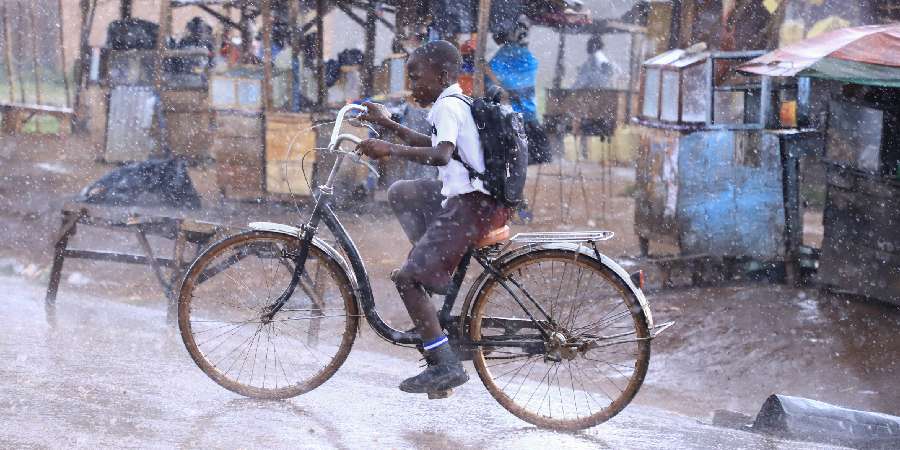
In hot weather, you might get tired more quickly, and in cold weather, it can be hard to stay warm and comfortable. Being able to adapt to these different conditions is important. This might mean changing the time of day you bike to avoid extreme weather, or wearing the right clothes to stay comfortable.
Training Tips for Improving Biking Speed
To bike faster, regular exercise is key. This includes not just biking itself, but also other forms of exercise that build your overall fitness. Cardiovascular workouts, like running or swimming, improve your endurance and lung capacity, making it easier to keep up a good speed.
Strength training, especially for your legs, can give you more power for pedaling. There are also specific exercises and drills you can do while biking, like interval training, which involves alternating between fast and slow pedaling. These kinds of exercises can help you become a faster and more efficient cyclist.
Safety Considerations While Biking
Staying safe while biking is super important. Always wear a helmet to protect your head in case of a fall or crash. It’s also important to know and follow traffic laws, especially if you’re biking on roads with cars. This includes understanding how to signal turns and knowing the rules about where you can and can’t bike.
Being aware of your surroundings is also key. This means watching out for cars, pedestrians, and obstacles on the road or path. By staying alert and following safety guidelines, you can enjoy your bike rides without unnecessary risks.
Techniques for Efficient Biking
How you bike can also affect your speed and endurance. One important aspect is maintaining a good posture. This means sitting properly on your bike, holding the handlebars correctly, and positioning your feet right on the pedals.
Good posture helps you use your energy more efficiently, so you can bike faster and longer without getting as tired. Another technique to improve your biking is learning how to pace yourself.
This involves finding a speed that you can maintain over the course of your ride, rather than starting too fast and getting tired quickly. By pacing yourself and keeping a good posture, you can make your bike rides more effective and enjoyable.
Technology and Biking
In the world of biking, technology plays a big role in helping biking improve and enjoy their rides. There are many apps and gadgets available that can track your speed, distance, and route. These tools are great for keeping an eye on your progress, setting goals, and seeing how you improve over time.
They can show you things like how far you’ve biked, your average speed, and even how many calories you’ve burned. Besides these tracking tools, there have been a lot of advancements in bike technology itself.
Bikes are getting lighter, stronger, and more efficient, thanks to new materials and designs. This means you can bike faster and more comfortably, making your rides more enjoyable and effective.
Community and Biking Events
Being part of a biking community can be a great way to stay motivated and learn new things. There are many groups and clubs for bikers of all levels, where you can meet other people who share your interest in biking.
These communities can offer support, advice, and friendship. Participating in biking events, like races or group rides, is another great way to get involved.
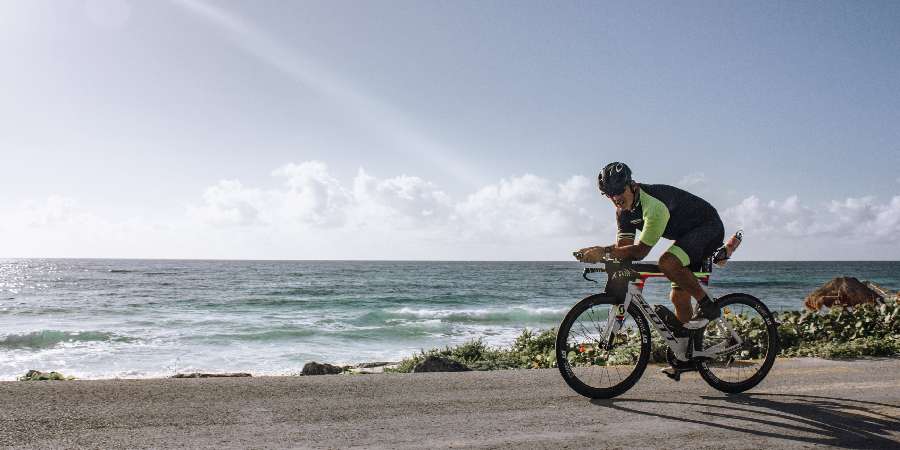
These events can be fun and challenging, giving you a chance to test your skills and push your limits. They’re also a great way to meet new people and feel part of the larger biking community.
The Psychological Aspect of Biking
Biking isn’t just good for your body it’s also great for your mind. Regular biking can help reduce stress and improve your mood. When you bike, your body releases endorphins, which are chemicals that make you feel happy and relaxed. Biking can also be a great way to clear your mind and take a break from daily stresses.
For some people, biking is a way to overcome mental barriers to physical fitness. It can be a fun and enjoyable form of exercise, making it easier to get into a regular fitness routine. Whether you’re biking for fun, exercise, or transportation, it can have a positive impact on your mental health.
Conclusion
Biking is a versatile and rewarding activity that offers different experiences for everyone. The speed you can achieve on your bike depends on many factors, such as your physical fitness, the type of bike you have, the terrain you’re riding on, and even the weather.
The good news is that with the right approach, practice, and understanding of these factors, anyone can get better at biking. Whether you’re just starting out or have been biking for years, there’s always room to improve.
This could mean getting stronger and more fit, learning better biking techniques, or upgrading your equipment. It’s also about finding the right balance and enjoyment in your biking journeys. Remember, biking is not just about going fast.
It’s also about the health benefits, the joy of being outdoors, and being part of a community of fellow bikers. So, grab your bike, hit the road or trail, and enjoy all the great things that biking has to offer! This article has explored how many miles can the average person bike in an hour.
You may read also – How to Make a Trike from A Bicycle
